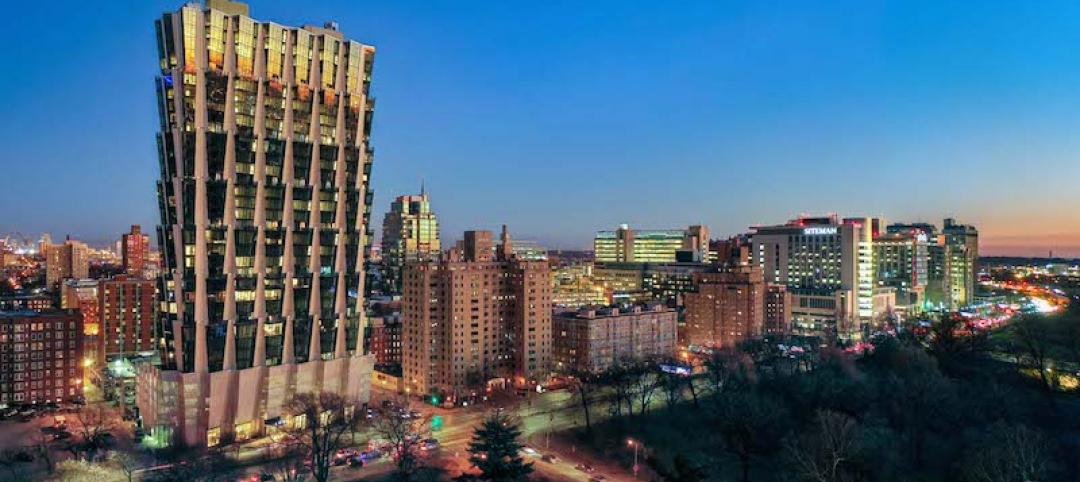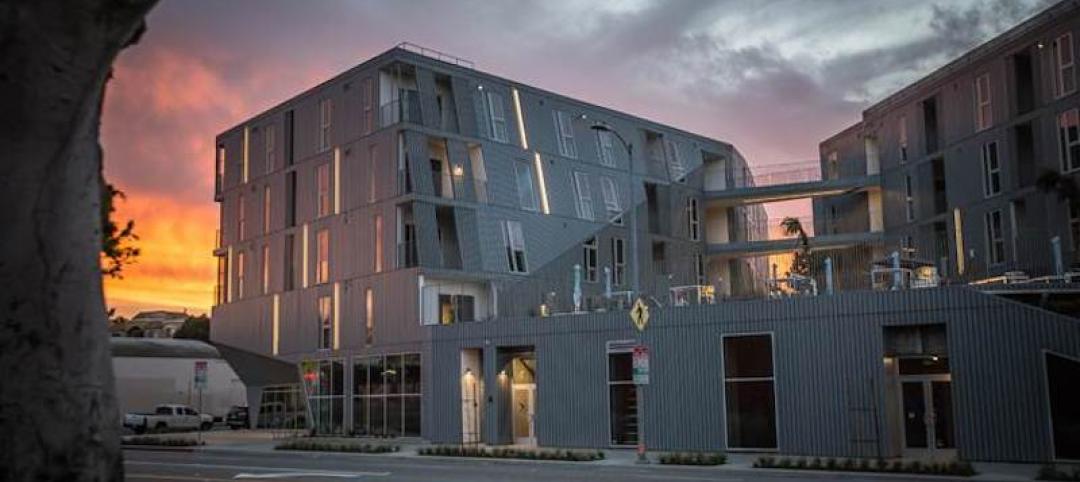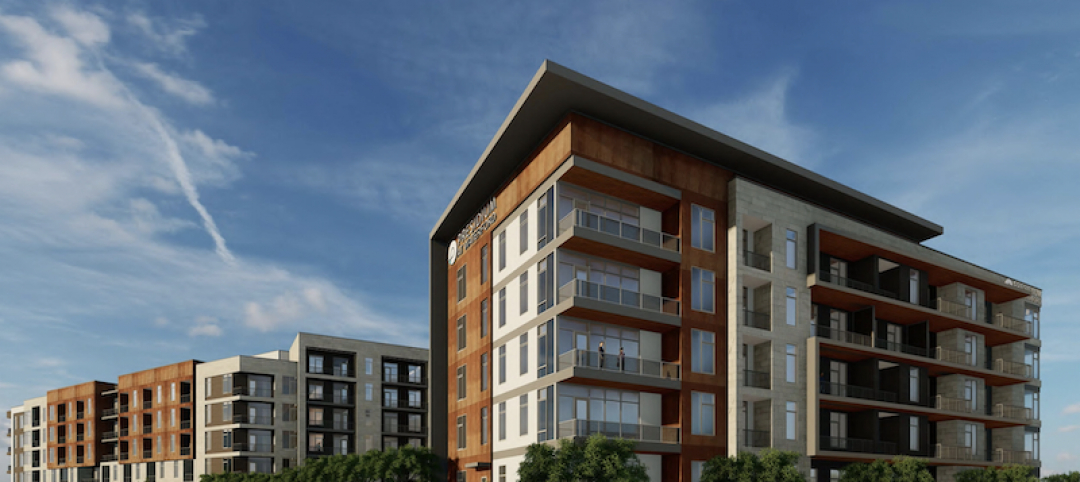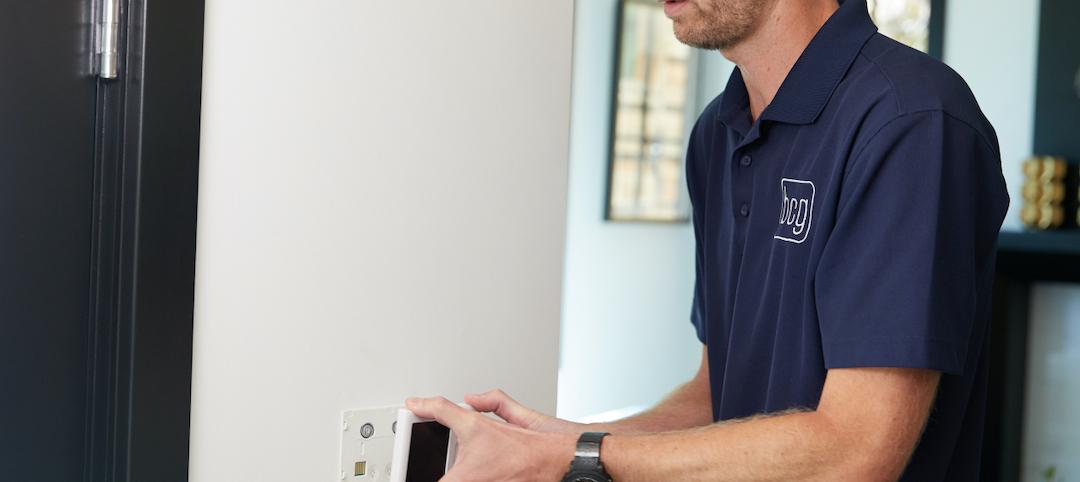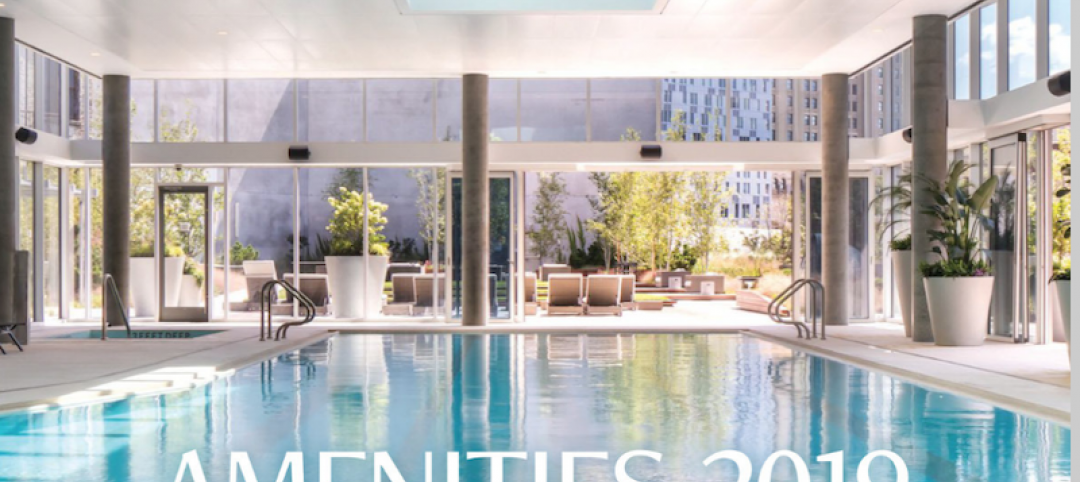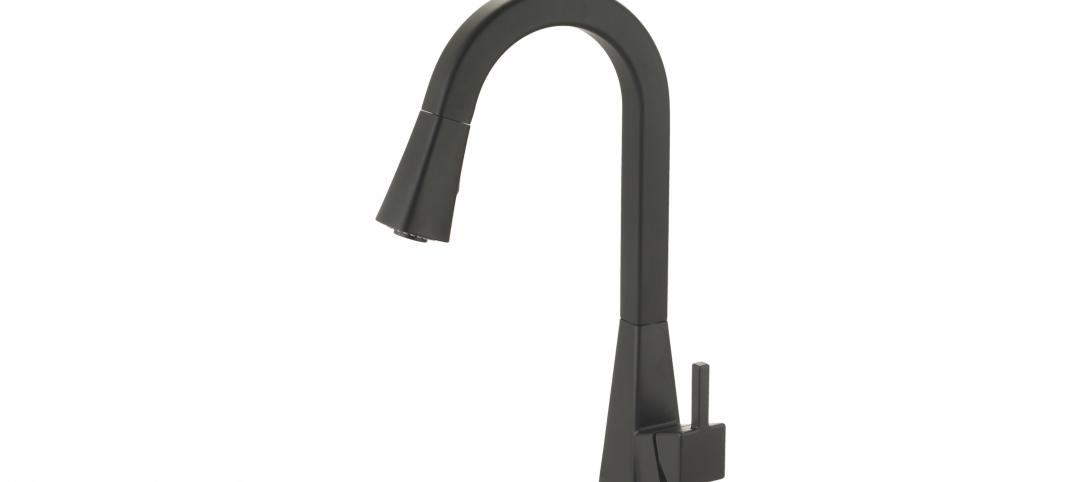Investors bet big time on demand for rental properties over homeownership in 2014, when sales of apartment buildings hit a record $110.1 billion, or nearly 15% higher than the previous year, according to Jones Lang LaSalle (JLL), a professional services and investment management firm.
Nearly half of those transactions were for buildings in six metros: New York, Los Angeles, Atlanta, Houston, Dallas, and Washington D.C. And the allure of owning rental properties in America’s largest cities continues into 2015, the Wall Street Journal reported.
Blackstone Group, the world’s largest private equity holder of real estate, in late January agreed to pay $1.7 billion for 36 properties with an estimated 11,000 apartment units, half of which are in Washington D.C. and Boston. The seller was Praedium Group, which JLL and Evercore Partners advised. The deal increases to 43,000 the number of apartment units managed by LivCor, Blackstone’s multifamily real estate unit, according to Crain’s Chicago Business.
The multifamily sector “has become the preferred asset class of institutional investors” since the last economic downturn, says Jubeen Vaghefi, managing director of JLL’s capital markets division. That opinion is consistent with what Vaghefi wrote in JLL’s Fall 2014 Multifamily Outlook: “The ability for multifamily starts to occur 3.5 times faster than the overall market is due to the combination of higher oversupply of single-family homes throughout the United States, a marked preference for multi-unit buildings, and residential development in core submarkets, which continue to post high occupancy rates.”

The question now is how long investors will ride this gravy train, especially if increasing supply adversely impacts rent appreciation.
The Census Bureau’s latest data for housing starts, which it released on January 21, 2015, estimates that 456,000 units were under construction in buildings with five or more units at the end of December 2014, or 26% more than in December 2013. The possibility that this market may be overheating, though, is reflected in annualized multifamily starts, which inched up by only 0.3% in December to 339,000 units. Annualized multifamily permits issued stood at 338,000 units in December, down 12.4% from December 2013
On a less ambiguous note, rents increased by 3.6% nationwide in 2014, according to Reis, the real-estate research firm. Apartment vacancy rates, at 4.2%, were near their lowest levels in 2001. And the days of excess demand that has kept rents under control “are likely over,” Ryan Severino, Reis’ senior economist, stated.
JLL contends that with vacancies stabilizing and with the market average of inventory under construction at 4.4% and growing, “the pace of multifamily tightening is softening, with projected rent growth between 2% and 3% over the next 18 months.”
Related Stories
Multifamily Housing | Mar 23, 2021
One Hundred Above the Park completes in St. Louis
Studio Gang designed the building.
Multifamily Housing | Mar 22, 2021
Waldorf Astoria Miami will become the tallest tower south of Manhattan
The supertall tower will include a hotel and residences.
Multifamily Housing | Mar 18, 2021
Mixed-use residence for UCLA medical students completes
Lorcan O’Herlihy Architects designed the project.
Multifamily Housing | Mar 15, 2021
First phase of Presidium Waterford breaks ground in Austin, Texas
O’Brien Architects and Dwell Design Studio are designing the project.
Luxury Residential | Mar 10, 2021
Luxury multifamily development opens at the front door of Charlotte’s South End neighborhood
Broadstone Queen City recently opened its doors to its first residents.
Multifamily Housing | Mar 10, 2021
9 smart connectivity systems for multifamily housing communities
Smart connectivity systems are starting to become a must-have amenity in multifamily properties—and not just for upscale urban rentals.
Multifamily Housing | Mar 9, 2021
Investor demand for multifamily real estate remains relatively strong despite COVID-19
Despite a disruptive pandemic, investor demand for multifamily real estate was strong in 2020, according to a newly released Yardi Matrix Bulletin. Around 252,000 apartment units were absorbed last year. That’s about 1.7% of total market stock and down 12% from the 286,300 apartments purchased in 2019.
Multifamily Housing | Mar 7, 2021
Deadline extended for Cover Photo of the next issue of MULTIFAMILY Design+Construction
Request from Editori of Multifamily Design+Construction for photos showing project amenities, for next issue of the magazine.
Multifamily Housing | Mar 7, 2021
New Olympia i3 kitchen faucet: geometric lines, minimalist style
Announcing the new Olympia i3 single handle pull-down kitchen faucet for today's modern kitchen.
Market Data | Feb 24, 2021
2021 won’t be a growth year for construction spending, says latest JLL forecast
Predicts second-half improvement toward normalization next year.


